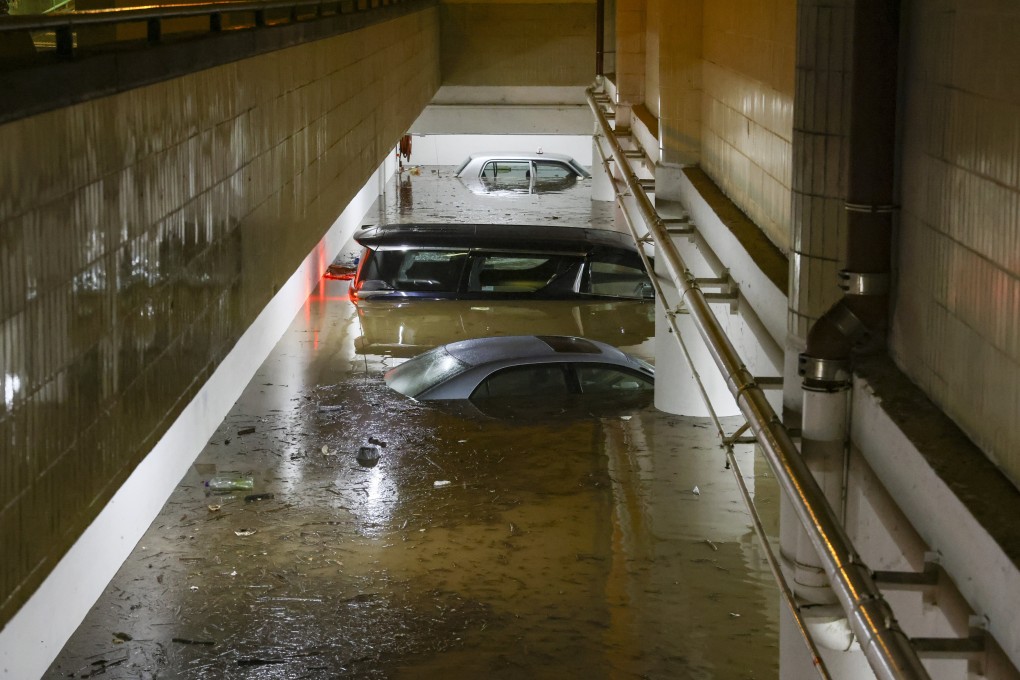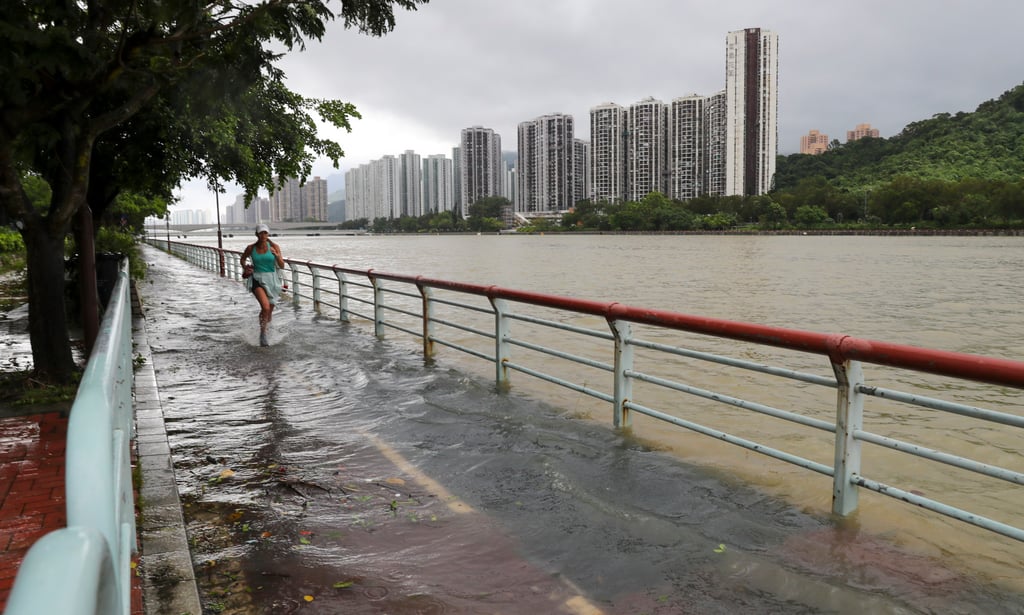Hi-tech methods to be deployed in Hong Kong’s battle against natural disasters and climate change, policy address says
- Big data and artificial intelligence to be mobilised by government to improve responses to natural disasters and climate change
- City leader John Lee says ‘technological constraints’ limited responses to September’s Super Typhoon Saola and record-breaking rainfall

John Lee Ka-chiu explained in Wednesday’s policy address that the government’s emergency response to recent stormy weather was hampered by “technological constraints”, which led to chaos in the public transport system and at the airport.
“Our preparedness and emergency response to Super Typhoon Saola and the torrential rain in September generally met expectations, but in respect of early-warning arrangements, we were limited by technological constraints,” he said.
A source close to the process said the study would also cover natural and artificial slopes, especially ones at risk of landslides that would block roads, such as along Shek O Road.

Lee said in his policy address that technology would be used to improve risk assessment capabilities, including weather forecasts and alerts, flooding and landslide hazards.
